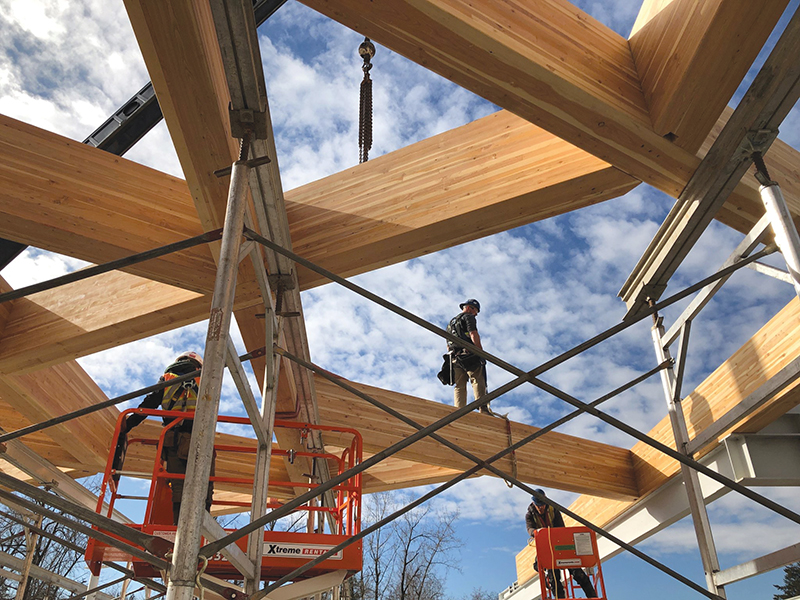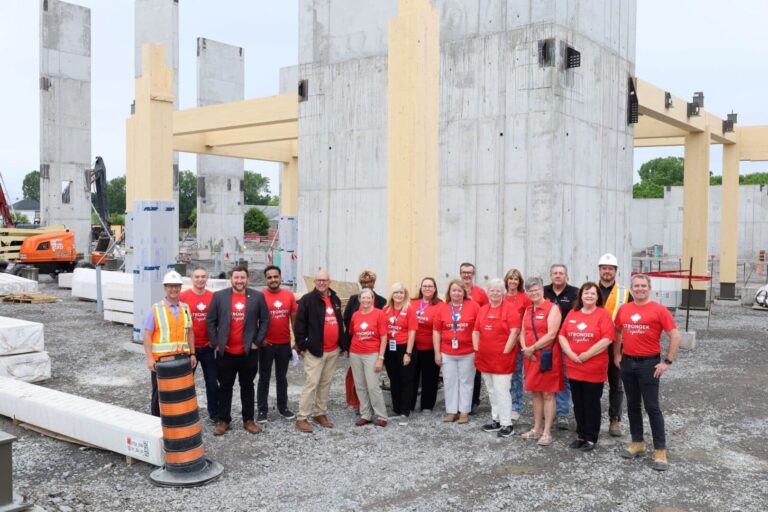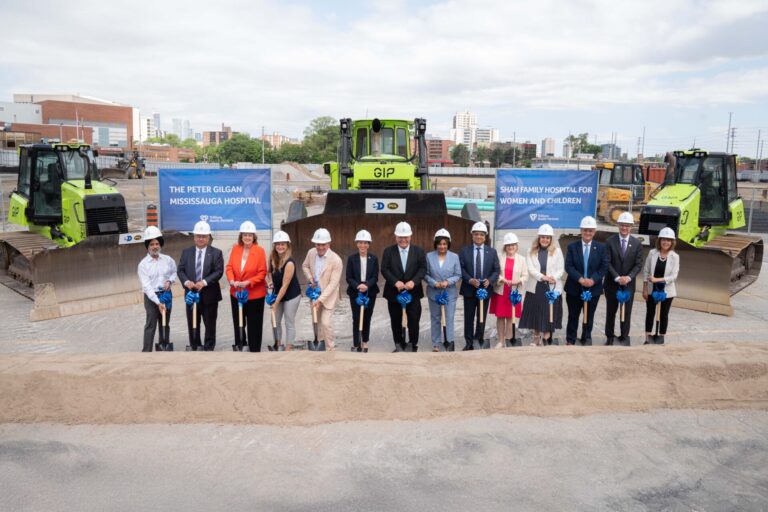Timber Development UK is bringing clarity to how to account for embodied carbon in timber construction with a newly released technical paper.
‘Assessing the carbon-related impacts and benefits of timber in construction products and buildings’ explains how to account for carbon in timber buildings and Environmental Product Declarations (EPDs) by rigorously applying the latest European Standards and the RICS Professional Statement on Whole Life Carbon Assessment in the built environment.
This will prove useful for architects, engineers, clients, and contractors when assessing the embodied carbon associated with buildings and other structures, as well as product manufacturers and suppliers in demonstrating the carbon impact of their products.
“The construction and built environment sector is responsible for nearly 40% of global CO2 emissions, and a significant proportion of this is through embodied carbon accumulated within the construction and manufacturing process,” said Charlie Law, Sustainability Director at Timber Development UK.
“Regulatory and professional focus has for the past four decades largely focused on operational carbon, such as heating in buildings, while embodied carbon emissions have been overlooked – but this is beginning to change.
“Across the built environment professions there is a rising wave of awareness that if we are to build to net-zero carbon we need to tackle how we account for embodied carbon.
“This paper seeks to help clarify how the standards require us to account for embodied carbon within timber buildings and structures so we can better understand, measure, and address these emissions in order to reduce their environmental impact.
“Along with the likes of Part Z and the LETI Climate Emergency Design Guide this paper seeks to help build understanding and drive forward low-carbon construction, and set the standard for measuring embodied carbon in timber construction”
Featured image: Western Archrib











